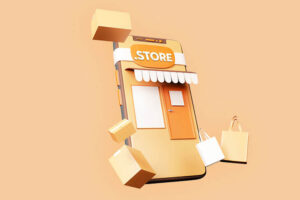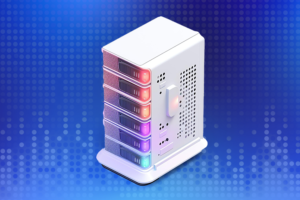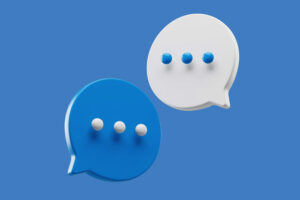Many businesses underestimate the value of email marketing, and they do not know how to start or which automated email marketing campaigns have priority and which are worth a try. However, email marketing is a powerful tool for every digital company.
According to a VentureBeat Insight study, those who use email marketing achieve an ROI of $38 for each $1 spent. That means that there is a higher revenue (ROI) compared to common digital channels. The same study mentions that “84 percent of marketers believe email is important or critically important for customer loyalty”. At the same time, it is proved that email marketing encourages repeated sales and customer retention in general.
So, let’s take a look at 3 automated emails that every e-commerce store needs to adjust/ set up and optimize to keep its audience loyal and increase its sales! Keep in mind that there is no unique “recipe” for how long you should send each email or how many emails should be in the series. Read the examples below and experiment!
Welcome email series
The welcome email is the first email that everyone who subscribes to a mailing list should receive. You may have a welcome email for customers, but in this case, we refer to a welcome email for new subscribers (they are not customers yet).
A study conducted by Inboxarmy claims that welcome emails have on average 4 times higher open rate and 5 times higher click-through rate than a common email marketing campaign. Shoppers pay close attention and interact with such messages, which is a great opportunity for any business.
An effective welcome email aims to welcome new subscribers, set the right expectations, and connect them to other channels. Often, it is an opportunity to provide a market incentive to potential customers.
Of course, there are a lot of welcome email variants you can use. It may be an email or a series of emails. We would suggest you try the following instructions:
Email 1: The first email should be simply a welcome to new subscribers and an introduction to your brand. It is also good to mention the channels at which the subscriber can follow you (e.g. Facebook account).
Email 2: The second email should be a comprehensive history of your brand. What makes it stand out? What does it have in common with the buyers? Why choose it?
Email 3: Finally, we suggest your third email to include a kind of offer, such as a small discount, as well as some products that are popular or new.







Join the Discussion